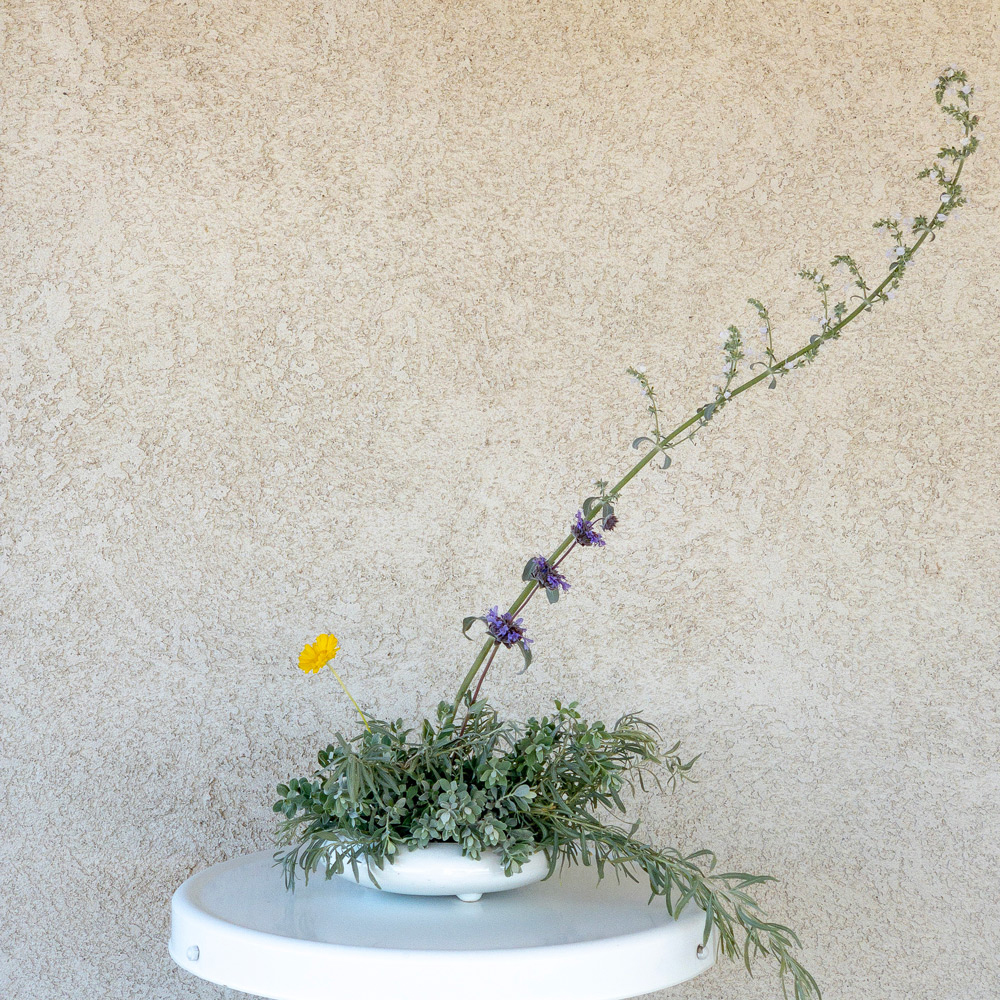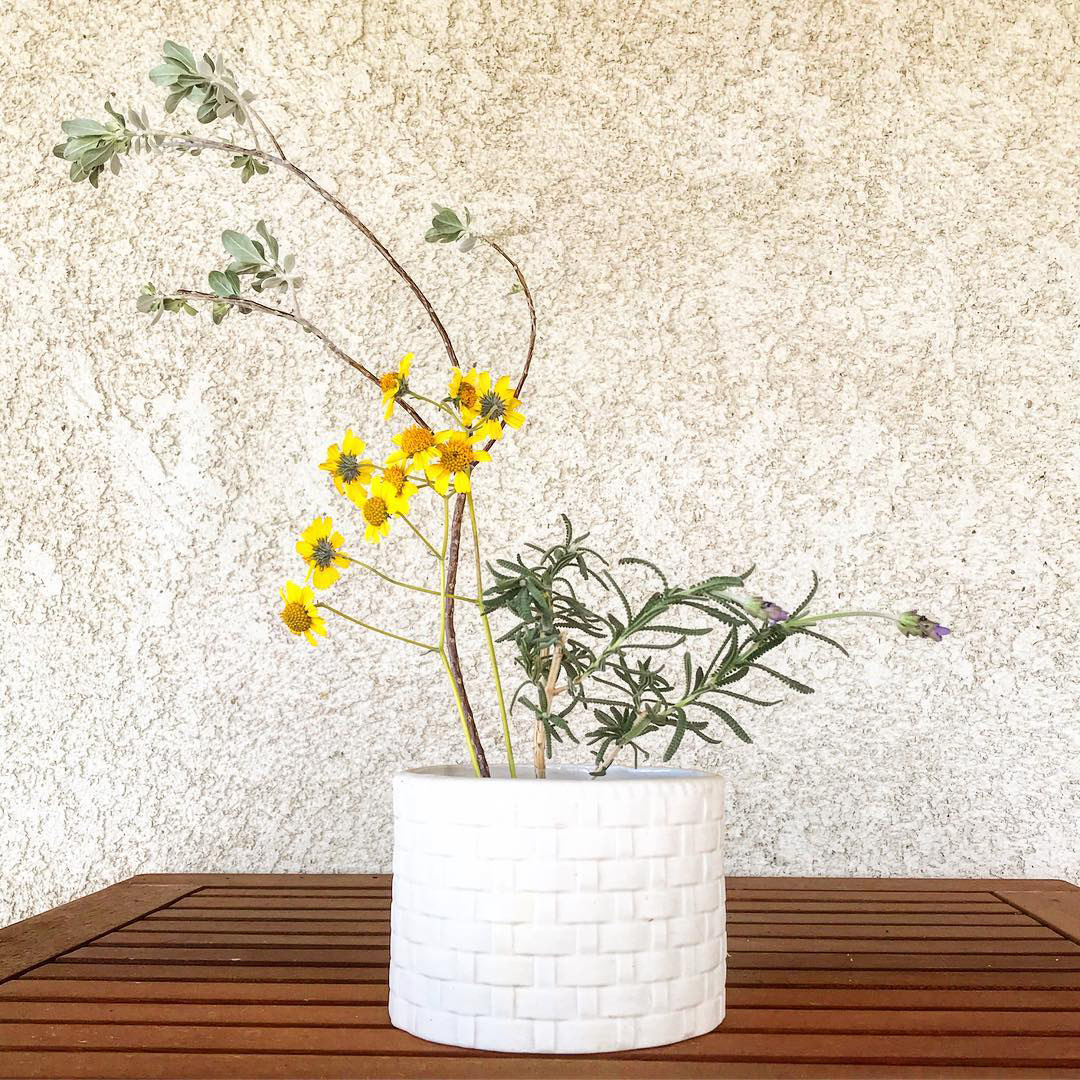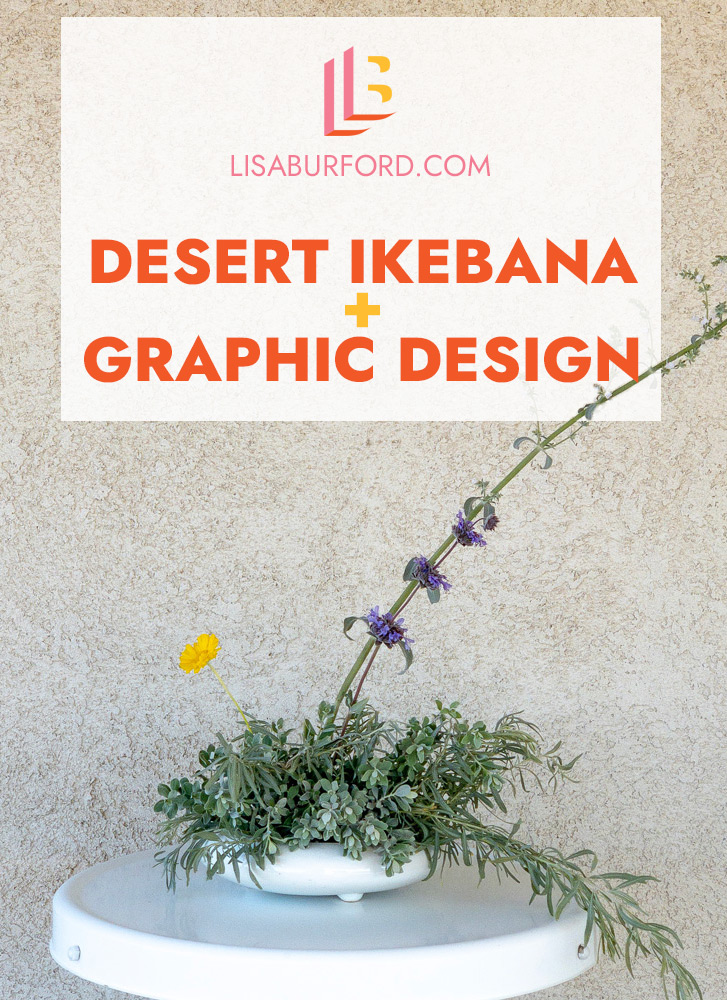In graphic design, it’s not just about putting art onto paper or placing images and text within certain dimension in digital media. It’s about arranging those visual elements in an appealing way but with a consideration towards tradition. What’s defined as pleasing and correctly interpreted are subjective to the viewer.
But graphic design professionals will know how and where to place elements many times making it look too easy!
Designers are often challenged to create a piece that fills every inch. That empty space is seen by some clients as wasted space. But in reality, it’s an important part in a composition. It’s called white space.
White space, also known as negative space, is any place between elements, and it doesn’t mean it’s white in color! One benefit of this design fundamental is that it provides resting spots for the eyes. As someone who gets visually overwhelmed, I naturally look for breaks in designs to “breathe.” White space also gives the benefit of allowing better comprehension, focus, and attention. It provides balance to the design and guides your eye to the main focus area (or point) of the piece, which hopefully then leads to some sort of action, interaction, or understanding.
White space is powerful and valuable.
White space is applied in many forms of media such as web design, print design, and app design. One might experience it in other areas of life. Practice and experience are essential to effectively use white space in a design composition.
I first became interested in ikebana in college when one of my design professors used it as a class example. Ikebana is the Japanese art of flower arrangement which has many schools of theory and each taking its own approach to arranging flowers. Many people make this a lifelong study, perfecting their skills over years and years. My professor was one of the toughest at the art school, often much more critical of students’ work, and therefore some students despised her classes. I, however, absolutely loved her classes and learned so much!
One day, I arrived to class to see a table set up with a vase and some plants and flowers off to the side. I had no idea why this class that was usually full of projects made from cut up film photographs or blurry Xerox textures was suddenly dealing with flowers. She then started her lesson which was a demonstration of ikebana, and something inside me just clicked.
Albeit complex in theory and full of rules, I understood what she was showing us about balance in the flower arrangement and visual movement through the carefully selected individual plant pieces. Emphasis typically falls on the other parts of a plant rather than the standard (yet still lovely) idea of a bouquet of flowers. It was beautiful and creative and another outlet to show art and design.
It was only a few years ago that I brought ikebana back into my life. Our Mojave Garden was growing more mature and producing. It needed taming and pruning to keep it healthy, hazard-free, and fire proofed as best as we could do. I needed a way to destress from (now past) jobs. I had been incorporating desert flowers and plants into my macrame designs, but I needed more excuses to get my hands on the blooms in our yard. And I always look for another reason to get creative. So I reintroduced ikebana to myself.
 A Desert Ikebana Arrangement made from plants in my Mojave Garden: White Sage flower stalk, Cleveland Sage flowers, Desert Marigold flower, Texas Sage leaves, and Fourwing Saltbush leaves.
A Desert Ikebana Arrangement made from plants in my Mojave Garden: White Sage flower stalk, Cleveland Sage flowers, Desert Marigold flower, Texas Sage leaves, and Fourwing Saltbush leaves.
Humanity and nature are brought together in ikebana, and that was exactly what was happening in my own desert way. I will stroll through Mojave Garden finding interesting shapes or colors. Sometimes I go for a certain color pallette and sometimes I make my selections based on contrasting and unique elements. After learning more about the importance of pruning, I have worked meticulous intentions into every cut I make. I know that my clipping/pruning, when done properly, will encourage more growth on the plant and keeps it healthy.
When it comes to arranging, I keep the elements of line, form, and shape in mind which are found in graphic design as well. Each piece I incorporate has a purpose. Each piece is carefully moved, turned, trimmed, etc. until I find its perfect place in the overall composition. Again, very relatable to my graphic designs!
 An Earlier Desert Ikebana Arrangement. Plants collected from my Mojave Garden: Texas Sage, Lavender, and Brittlebush.
An Earlier Desert Ikebana Arrangement. Plants collected from my Mojave Garden: Texas Sage, Lavender, and Brittlebush.
And white space makes another appearance. Paying attention to the negative space in an arrangement is just as important. This pairs nicely with ikebana’s incorporation of minimalism. Graphic design should not be a way to cram every space full of content to get your money’s worth much like ikebana isn’t about cramming every space full of plant matter. I contemplate each element I bring into a design and if there will be enough room for empty space to counterbalance that element.
It is the careful selection, the slow process, the mindfulness of the artform that has me obsessed with my own Desert Ikebana, and also why - when given the opportunity to be the designer I have practiced many years to be - I am obsessed with creating true works of graphic art.
Are you interested in learning Desert Ikebana? Want to learn more about design fundamentals such as white space? Sign up here to stay in the loop about my upcoming announcements.
